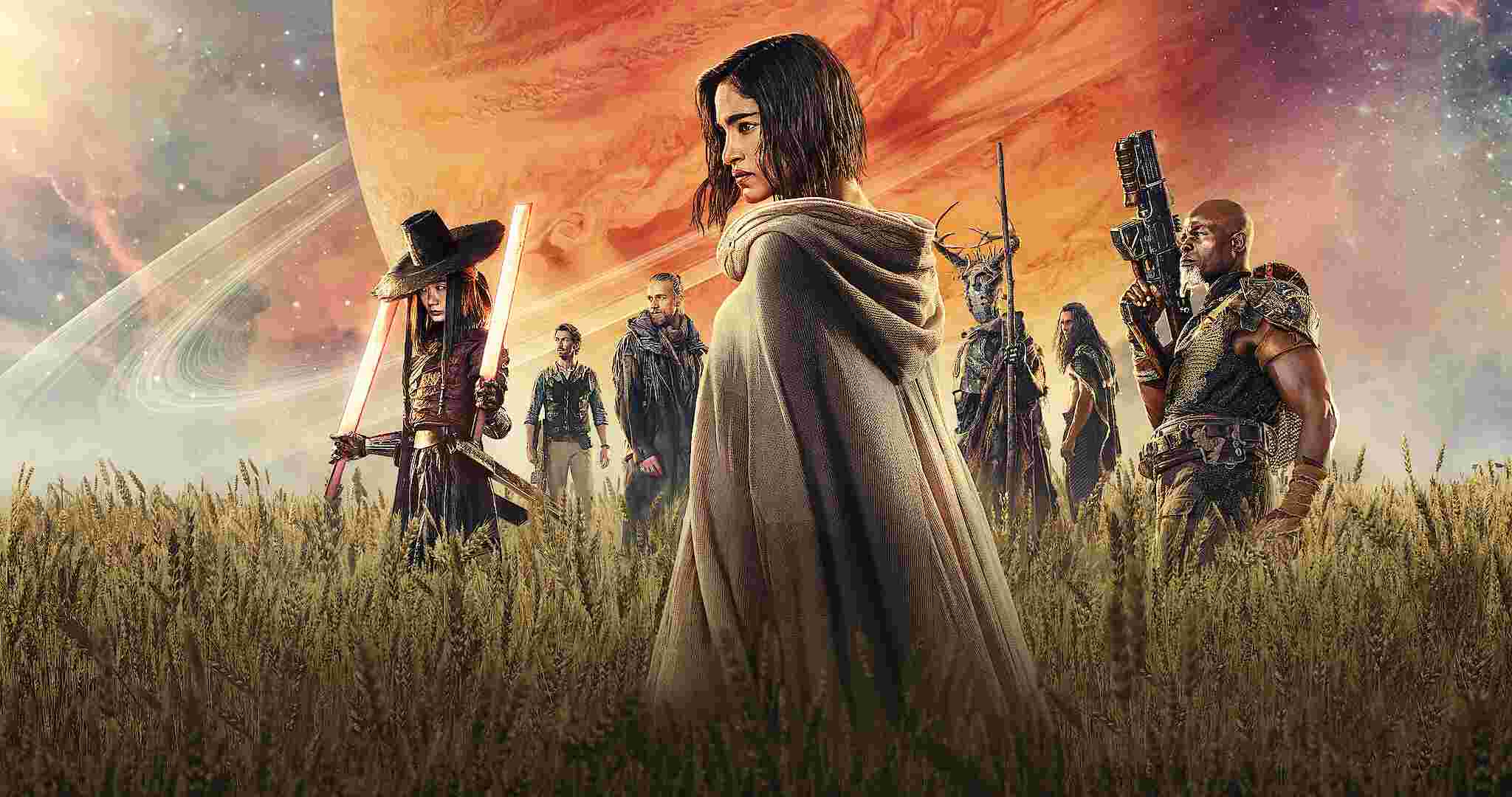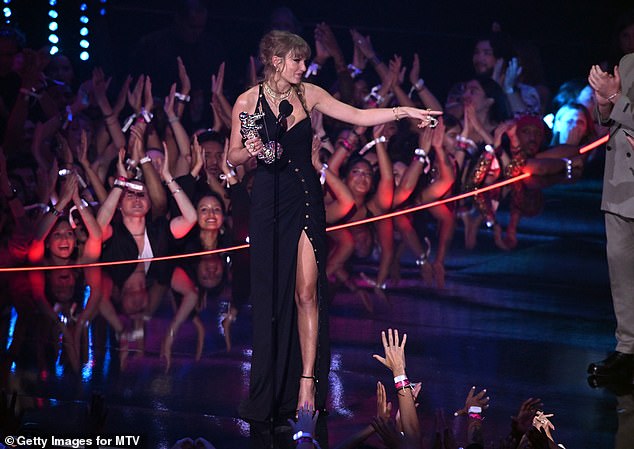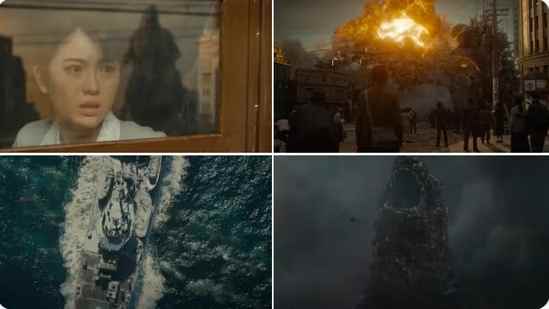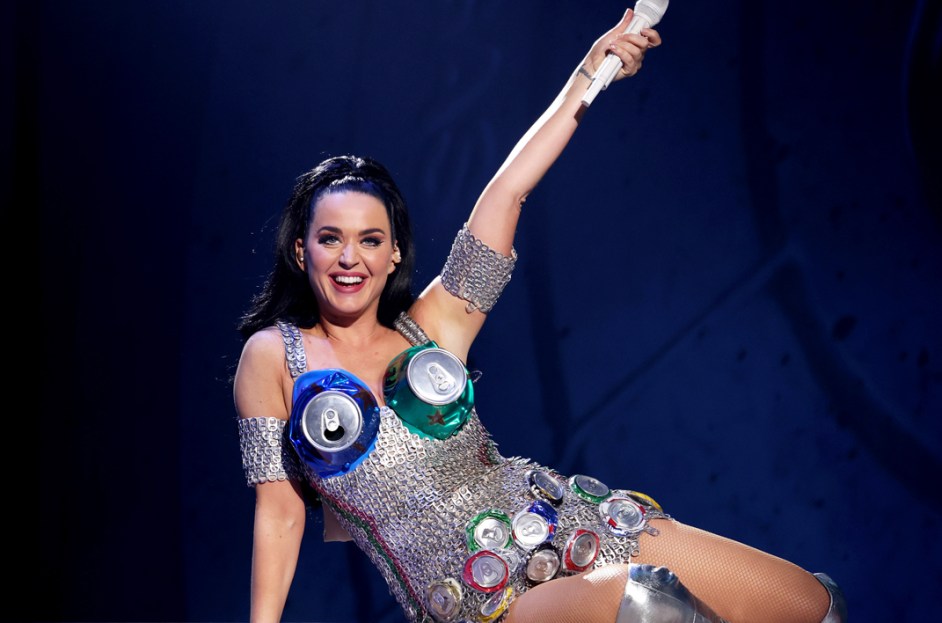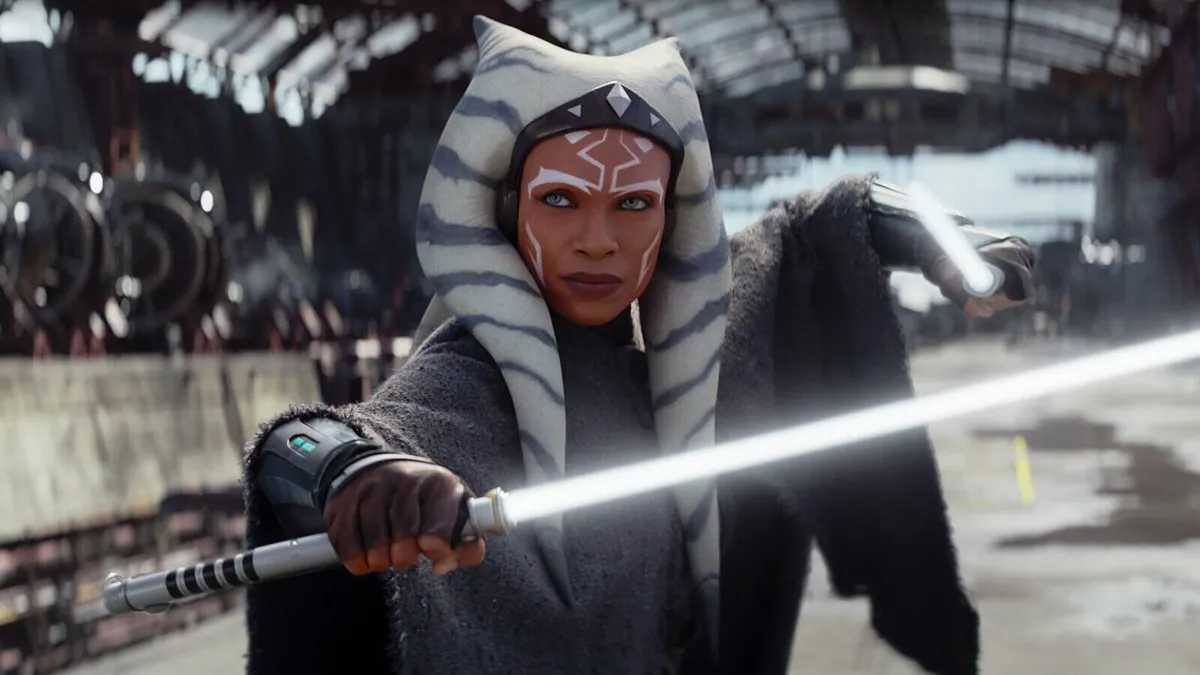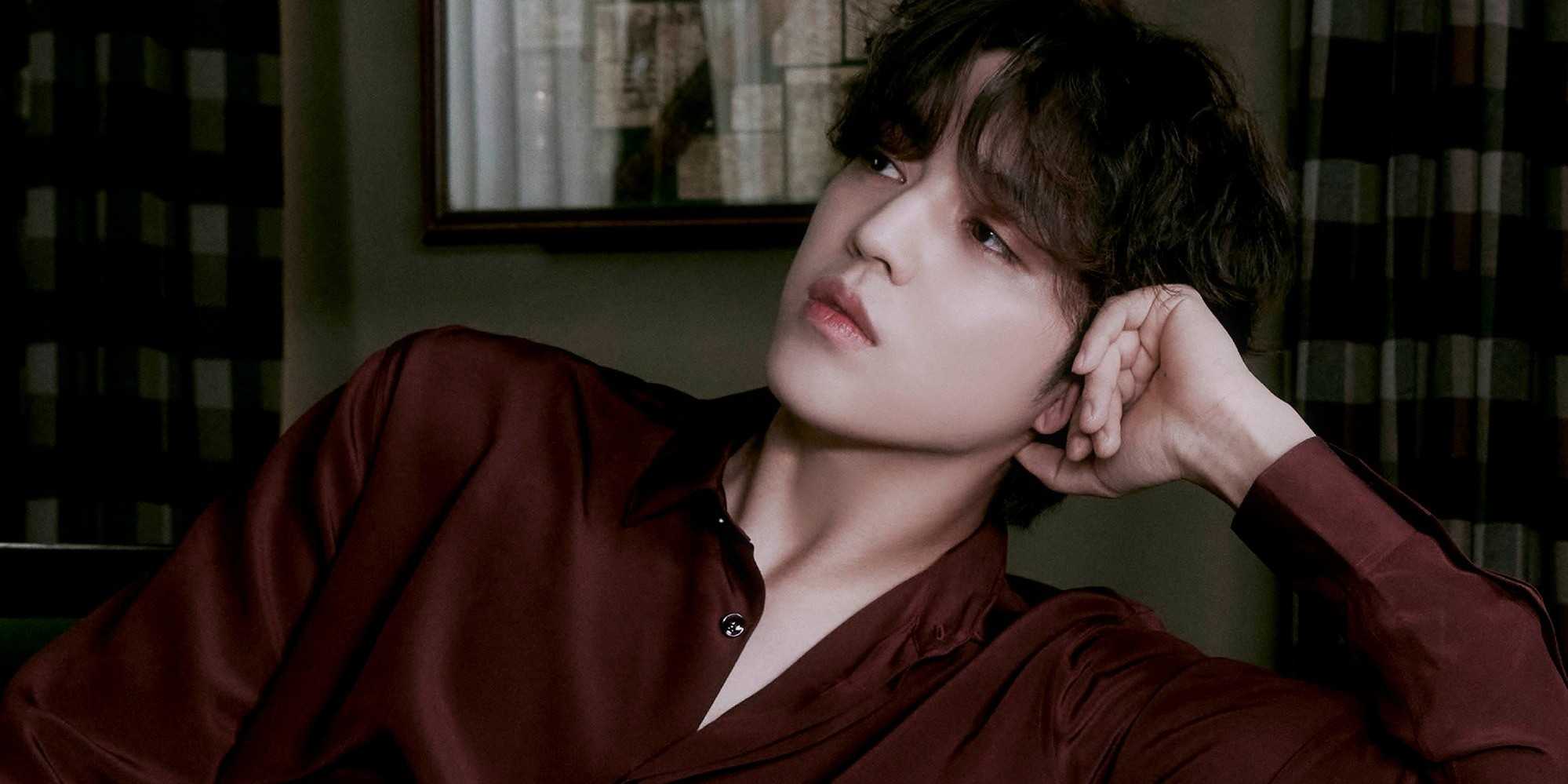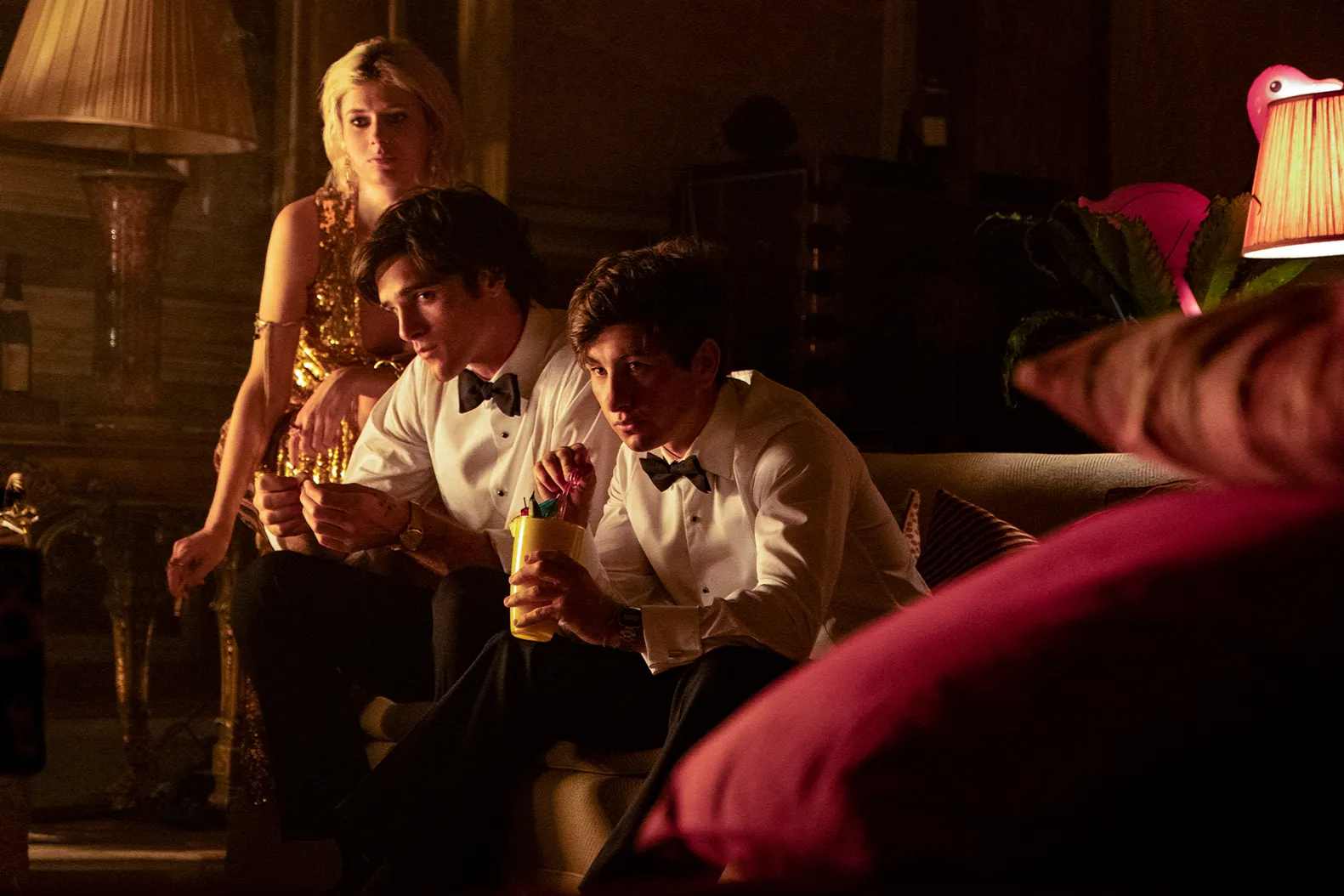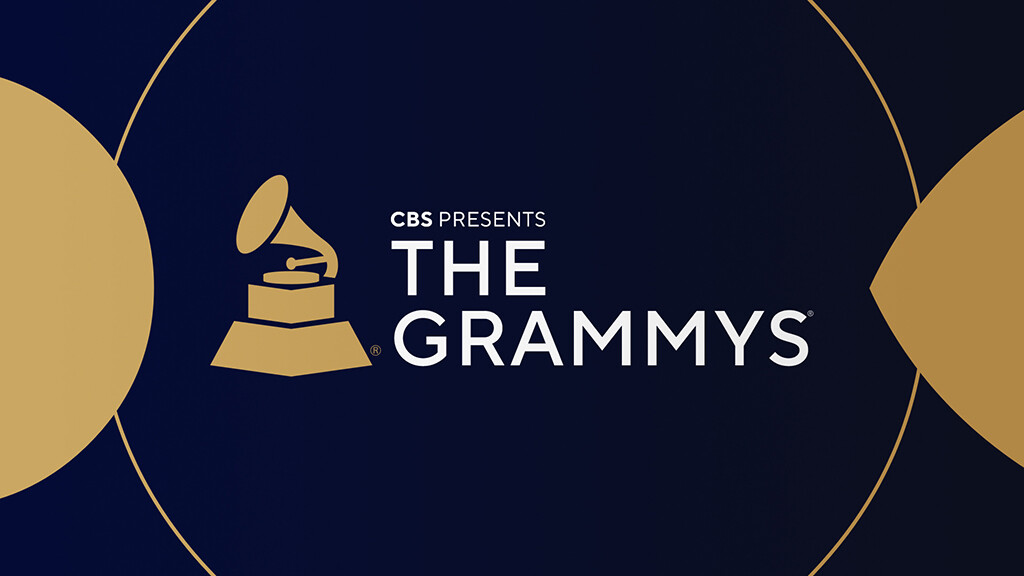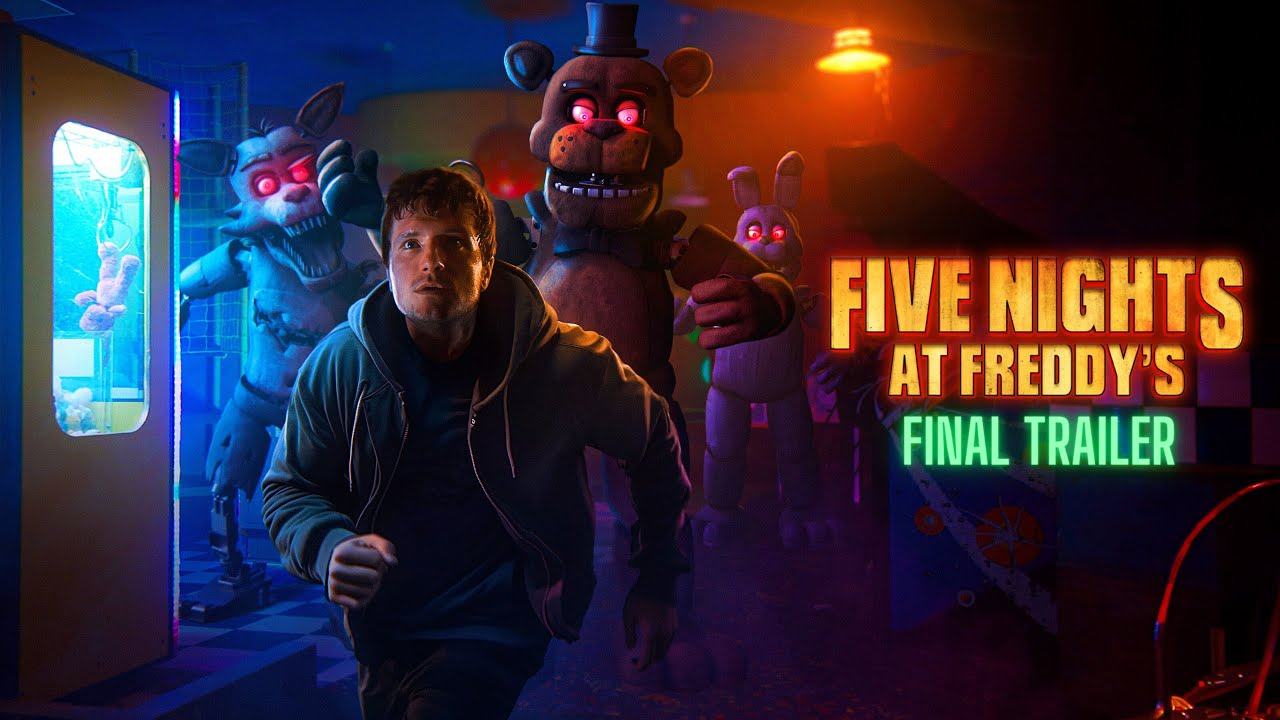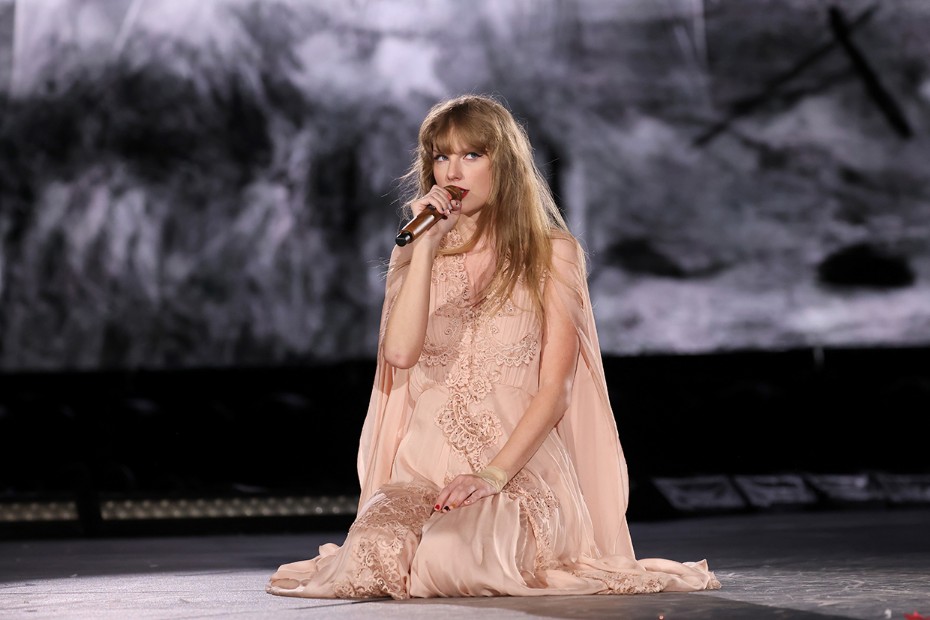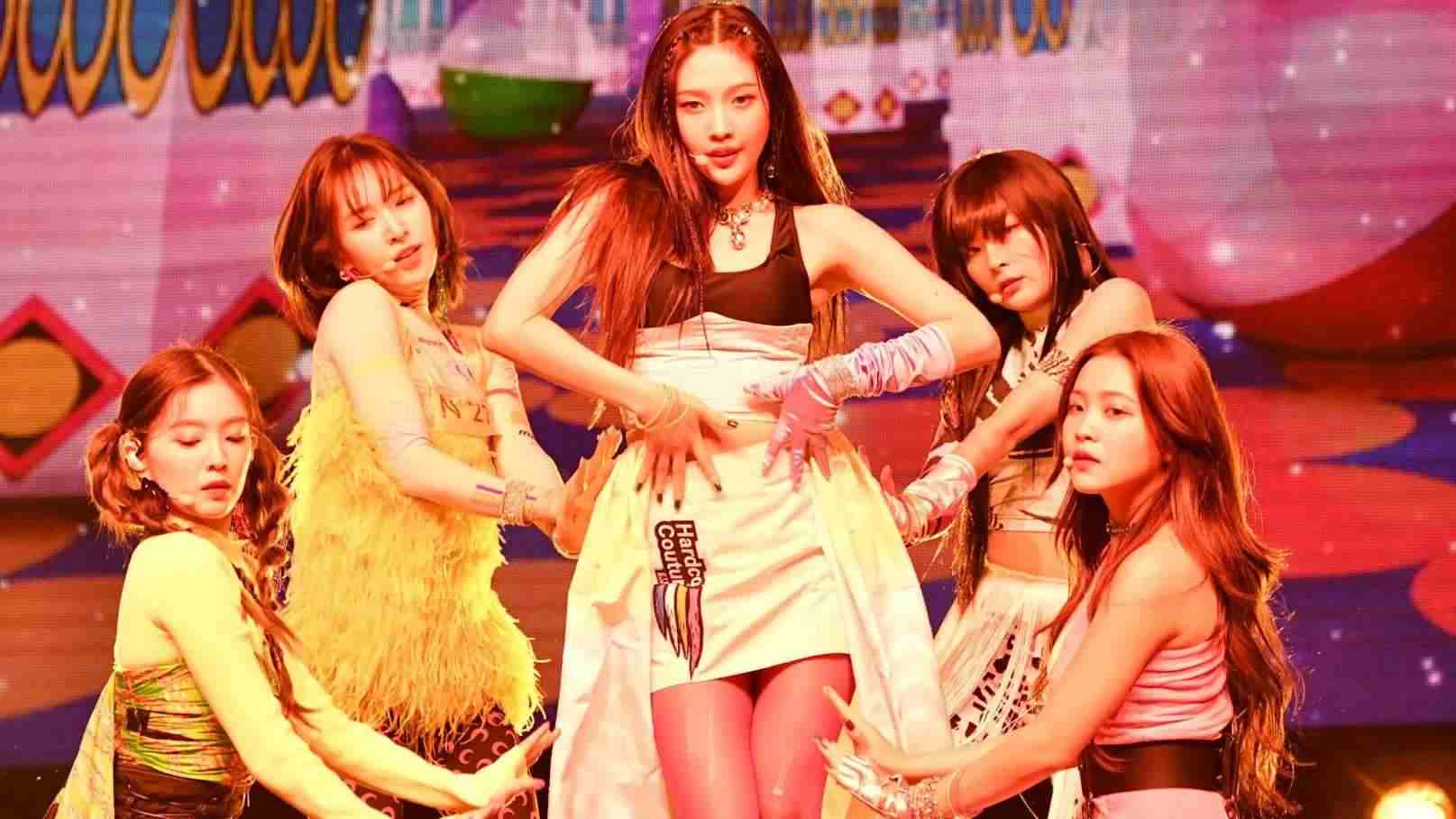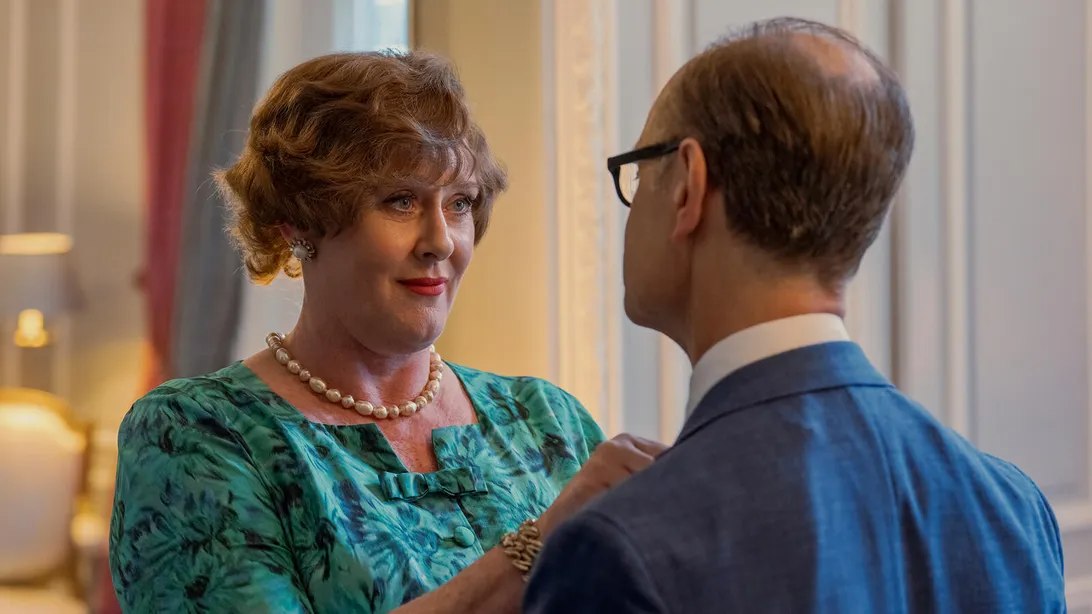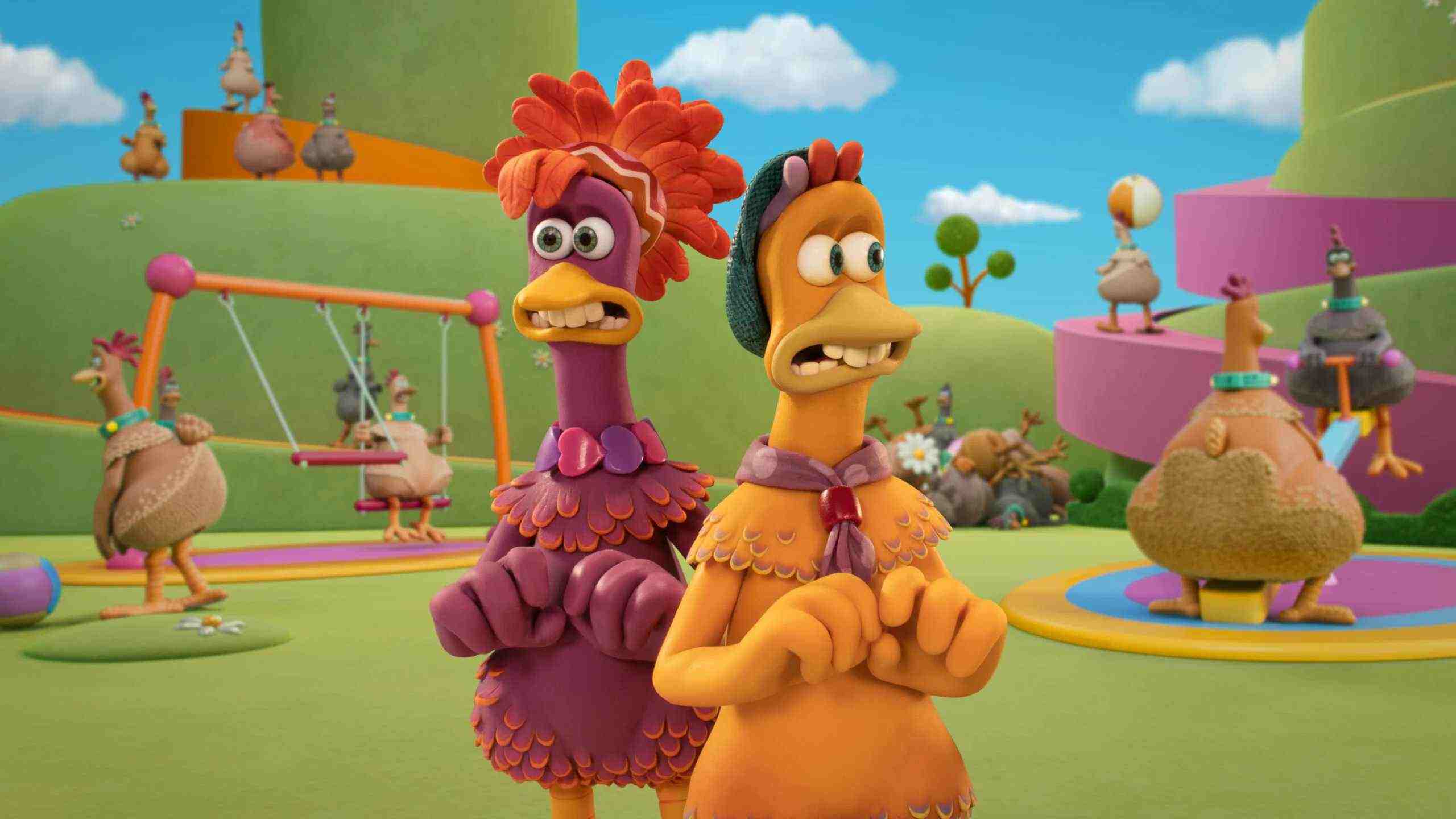Rebel Moon Part One: A Child of Fire – Review, Impressions, Analysis, And Rating
In the vast expanse of sci-fi cinema, Zack Snyder’s latest venture, ‘Rebel Moon Part One: A Child of Fire,’ attempts to carve its own interstellar path. As we embark on this Netflix journey, expectations are high, especially considering Snyder’s knack for melding action and fun in ‘Army of the Dead.’ However, early impressions suggest a departure from levity into the realms of self-serious bombast, reminiscent of Snyder’s previous works.
Unveiling the Galactic Tapestry
Snyder’s ambitious $165 million project intertwines elements of Star Wars, Dune, Avatar, and Game of Thrones, presenting a derivative yet visually striking tapestry. The plot revolves around a band of insurgents led by the enigmatic Kora (played capably by Sofia Boutella), standing against the oppressive Motherworld regime. The narrative, laden with enough plot twists to challenge a black hole, unfortunately falls short in character development, leaving us with thinly drawn protagonists.
Snyder’s Familiar Visual Palette
Known for his distinct visual style, Snyder brings his rugged galactic aesthetic to ‘Rebel Moon.’ However, the film’s grimy tone becomes monotonous and tiresome over its 2-hour and 13-minute runtime. Action sequences, while serviceable, lack the excitement we’ve come to expect, relying heavily on Snyder’s signature slow-motion and speed-ramping techniques. The film’s episodic structure fails to build sufficient momentum, often leaving the audience pondering over incongruities, such as the mishmash of accents among characters.
Character Dynamics and World-Building Mishaps
Boutella’s portrayal of Kora, supported by a cast including Djimon Hounsou, Ed Skrein, and Charlie Hunnam, adds sparks to an otherwise lackluster ensemble. Unfortunately, the characters seem to exist solely as vessels for the plot, with little room for emotional depth. Snyder’s attempt at world-building falls prey to exposition overload, distancing the audience rather than immersing them in the fantasy.
Critiques of Dialogue and Story Choices
A notable low point in the film lies in the dialogue, especially during a distressing scene involving a young villager. Snyder’s attempt to infuse menace often devolves into gross insensitivity, leaving the audience questioning the director’s choice of narrative choices. The film’s attempt to tackle themes of resistance against oppression feels basic, lacking the weight necessary to resonate with viewers.
Zack Snyder’s Cult Resurgence
Zack Snyder’s journey in the realm of pop-fantasy cinema has been nothing short of remarkable. From the grainy reboot of “Dawn of the Dead” to the divisive but visually striking “300,” Snyder’s unique blend of visual wizardry and kick-ass spirit has garnered him a fanboy cult. Despite misfires in the DC comic-book sphere, the release of “Zack Snyder’s Justice League” in 2021 marked a vindication and a zenith of reverence for the Snyder cult. Now, Netflix, known for its willingness to invest in visionary directors, welcomes Snyder for his latest epic, “Rebel Moon.”
A Netflix Extravaganza: Rebel Moon Unleashed
Netflix, ever the risk-taker, grants Snyder the canvas for a colossal sci-fi spectacle in the form of “Rebel Moon.” With a reported budget of $166 million, this interplanetary saga is split into two parts, with the first installment, “A Child of Fire,” hitting theaters on December 15 before streaming on Netflix a week later. The second part, “The Scargiver,” is slated for release on April 19, 2024. Netflix’s commitment to Snyder’s vision is evident in the promise of longer R-rated versions of both films, catering to fans hungry for an extended experience.
Derivation or Homage? Unpacking Rebel Moon’s Cinematic DNA
While “Rebel Moon” is marketed as a completely original creation, its roots delve deep into cinematic history. Snyder’s concoction is described as a mix of “Star Wars,” “Guardians of the Galaxy,” “The Lord of the Rings,” and “Black Panther,” creating a sauce of overfamiliar tropes devoid of humor. Despite the inherent uncoolness of extreme derivativeness, Snyder’s unabashed homage to the 1977 “Star Wars” is a distinctive feature. The rebels-vs.-evil-empire plot, rubber-faced creatures, and the resilient heroine, Kora (Sofia Boutella), draw clear parallels to the iconic space opera.
Episodic Grandeur: A Fellowship of Rebel Fighters
“Rebel Moon” unfolds on the moon Veldt, where Kora resides in a community of medieval farmers facing the oppressive Motherworld regime. The narrative kicks off with an invasion led by the villainous Admiral Noble (Ed Skrein), setting Kora on a quest to gather a fellowship of rebel fighters. The episodic nature of the movie takes audiences on a cosmic journey, introducing colorful characters and staging slow-mo interludes of ultraviolent combat. Despite the episodic structure, Snyder’s lavish scale and Sofia Boutella’s compelling performance contribute to the film’s watchability.
A Cosmic Misfire or a Prelude to Redemption?
As the credits roll on ‘Rebel Moon Part One: A Child of Fire,’ the question lingers – is this a cosmic misfire or a prelude to redemption in Part Two: The Scargiver? Despite the film’s flaws, including its uneven pacing, underdeveloped characters, and questionable dialogue, there are glimpses of potential. Boutella’s commendable performance, coupled with Snyder’s visually striking universe, leaves room for hope that the sequel may address the shortcomings of its predecessor.
Behind the Camera: Crafting the Rebel Moon Universe
Zack Snyder, the visionary director behind Rebel Moon, has not only crafted a cinematic epic but also laid the foundation for an expansive universe. The film, boasting a budget of $166 million, serves as the launchpad for a saga that transcends traditional storytelling boundaries. Co-written by Snyder alongside Kurt Johnstad and Shay Hatten, Rebel Moon brings together a stellar cast led by Sofia Boutella, Charlie Hunnam, Michiel Huisman, Djimon Hounsou, and many more. The film marks a collaboration between production companies The Stone Quarry and Grand Electric, distributed by Netflix.
Galactic Warriors: Unveiling the Star-Studded Cast
Rebel Moon features a diverse ensemble cast that breathes life into the characters populating this vast universe. From Sofia Boutella’s Kora, a former member of the Imperium leading a rebellion, to Djimon Hounsou as the noble General Titus, each actor plays a crucial role. Charlie Hunnam’s portrayal of Kai, the mercenary starship pilot, adds depth to the eclectic group. With actors like Staz Nair, Doona Bae, Cleopatra Coleman, and Anthony Hopkins contributing their talents, Rebel Moon promises a cinematic experience driven by a stellar cast.
A Symphony of Imagery and Sound: Production and Music
Zack Snyder’s involvement in Rebel Moon goes beyond directing, as he takes on the role of cinematographer, ensuring that every frame is a visual feast. The film’s production, spanning from April 19 to December 2, 2022, captures the essence of its intergalactic narrative. Accompanying the visuals is the captivating score by Tom Holkenborg, known for his previous collaborations with Snyder on projects like Man of Steel and Zack Snyder’s Justice League. The combination of Snyder’s visual flair and Holkenborg’s musical prowess promises a sensory journey through the Rebel Moon universe.
In the next installment of the Rebel Moon saga, “The Scargiver,” slated for release on April 19, 2024, audiences can anticipate the continuation of the epic tale. As the Rebel Moon universe expands, with Snyder confirming plans for a trilogy of sequels, it becomes evident that this space opera is not confined to the silver screen. From RPGs and graphic novels to animated series and podcasts, Rebel Moon is evolving into a multi-platform narrative, solidifying its place as a massive IP. As fans delve into the intricate web of storytelling across various media, the Rebel Moon universe promises an immersive and enduring experience.
